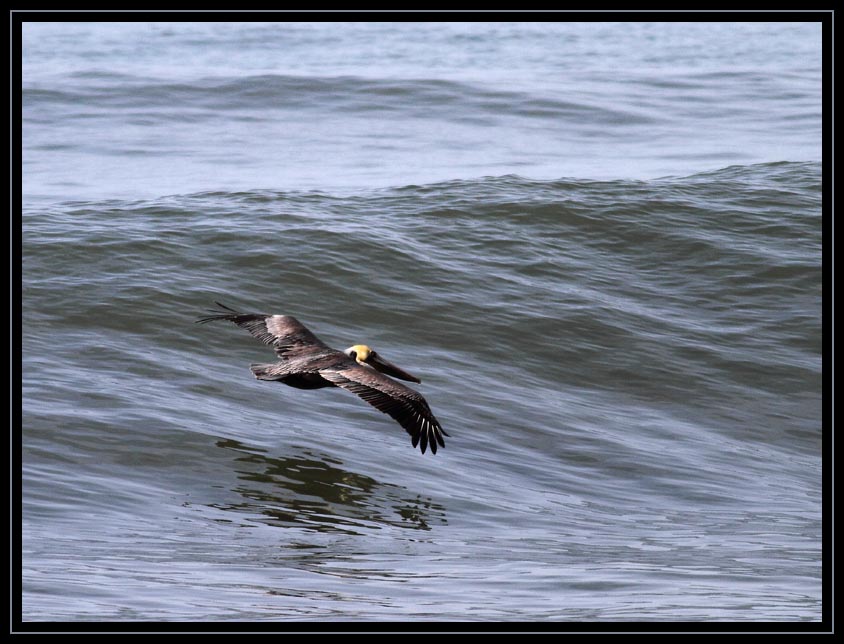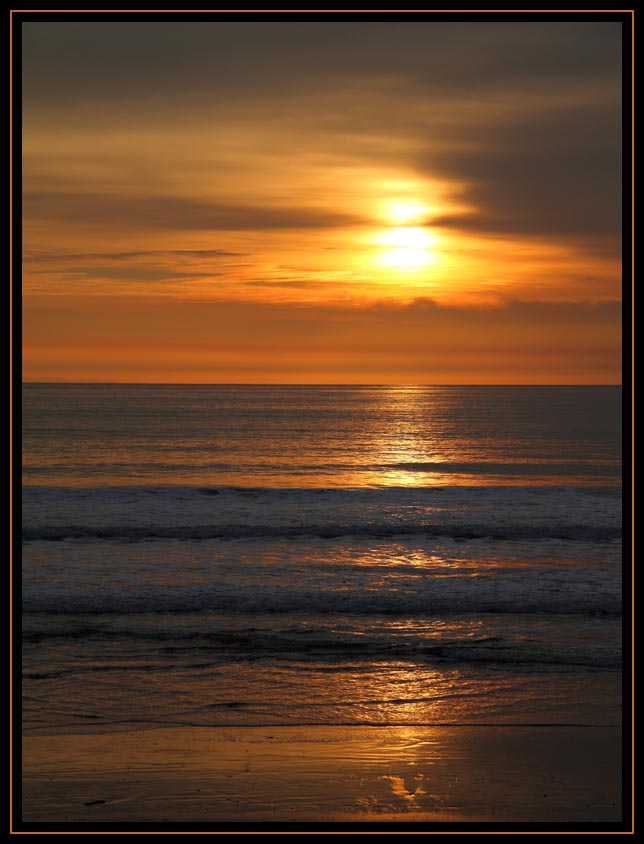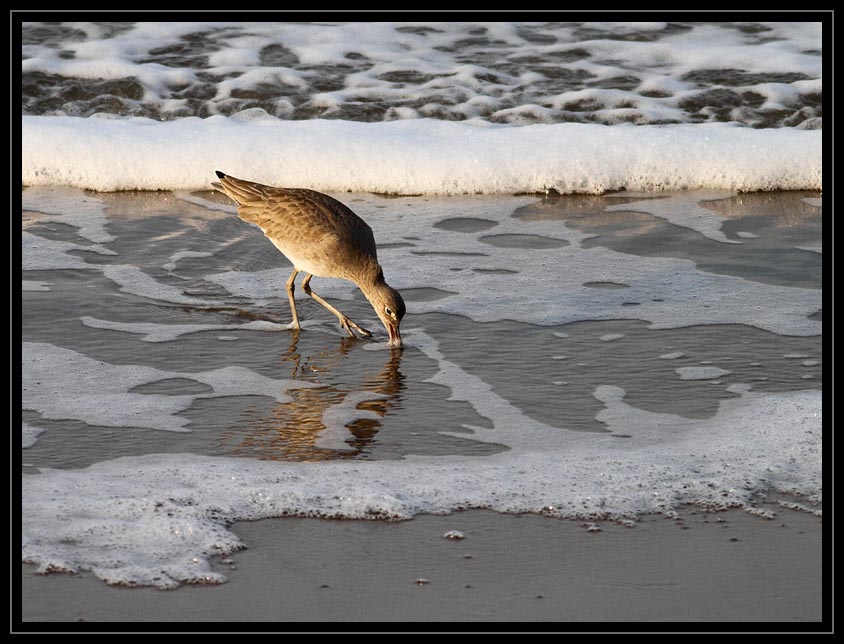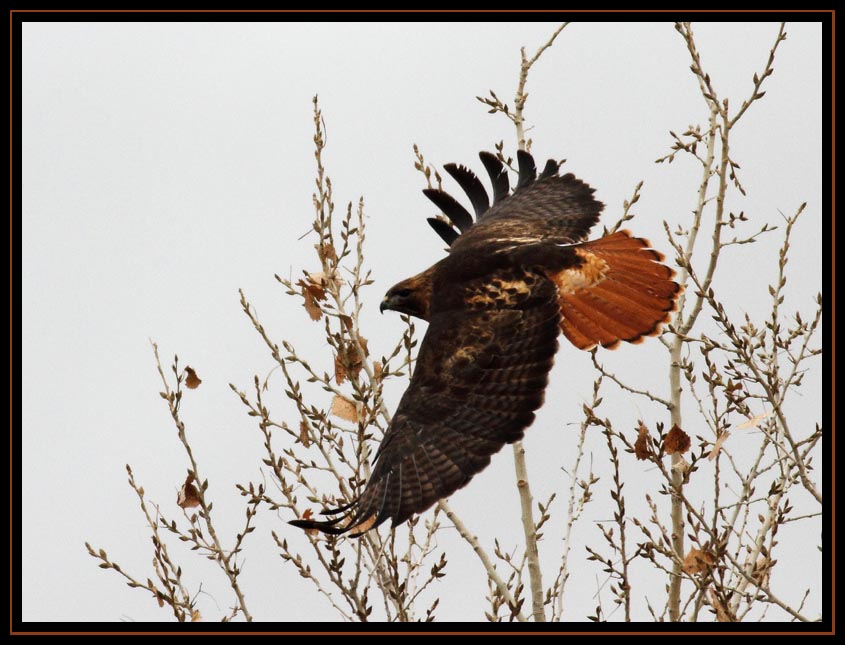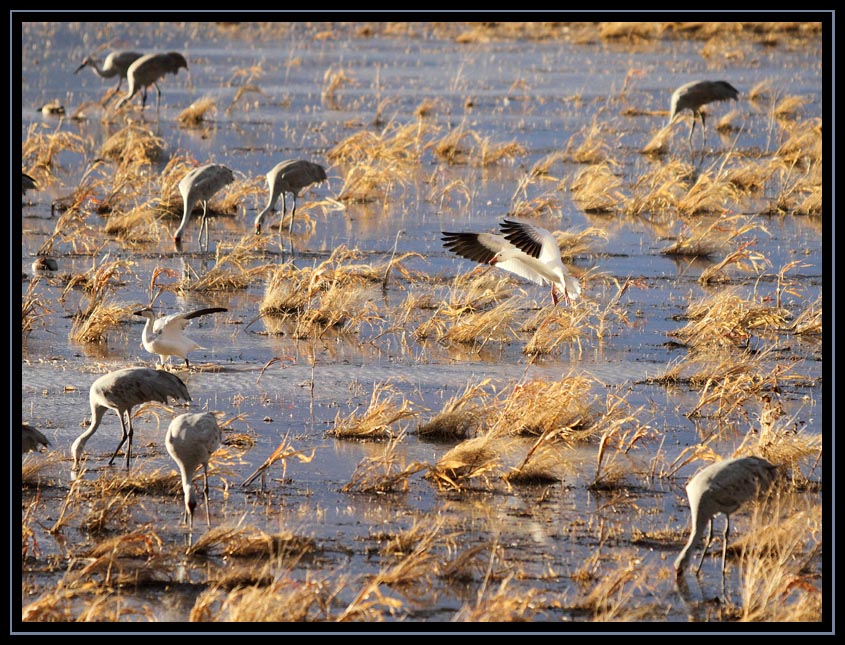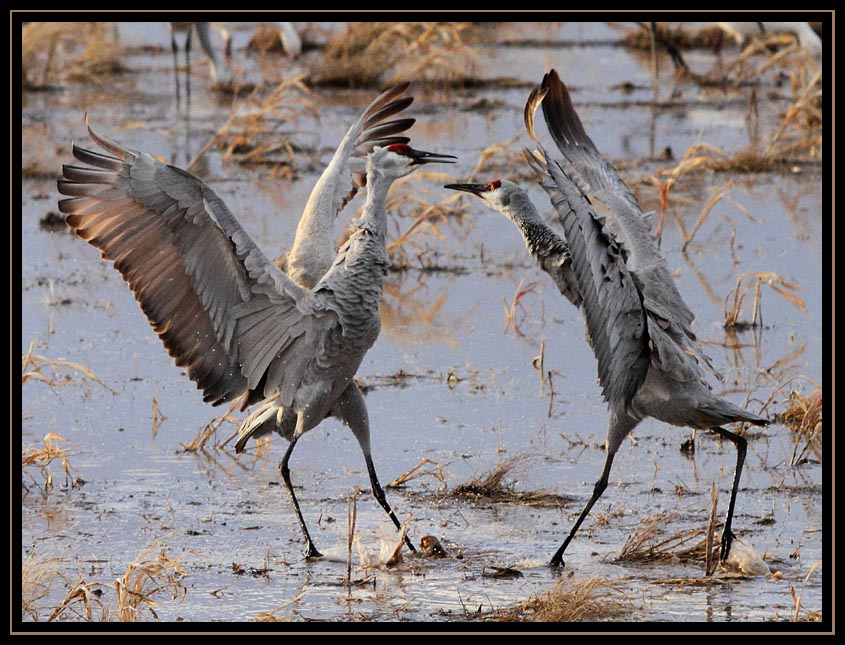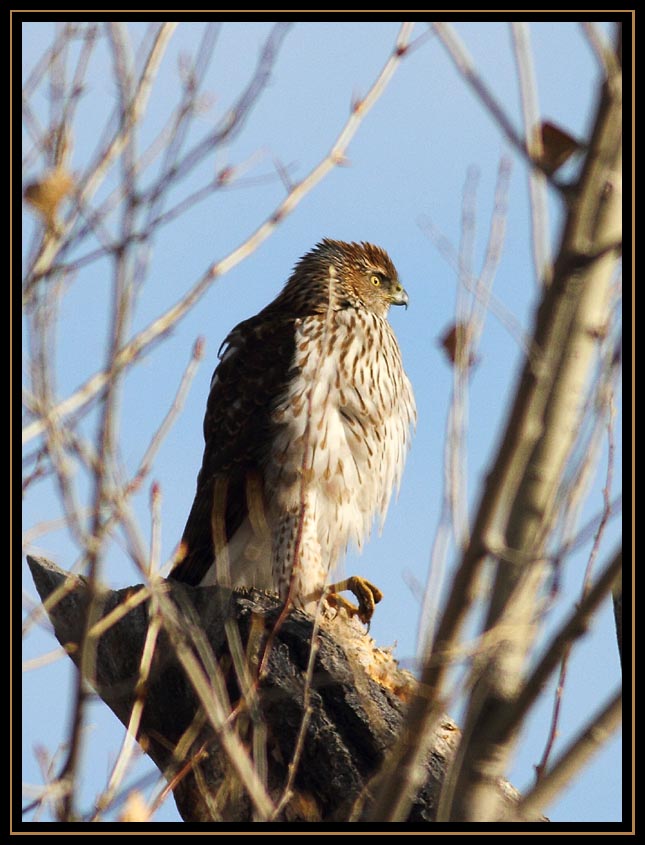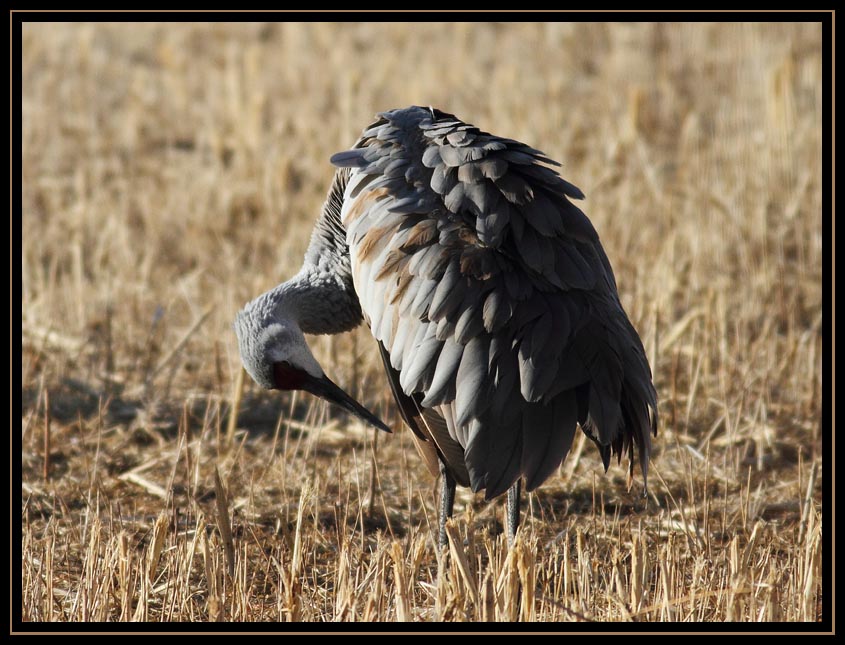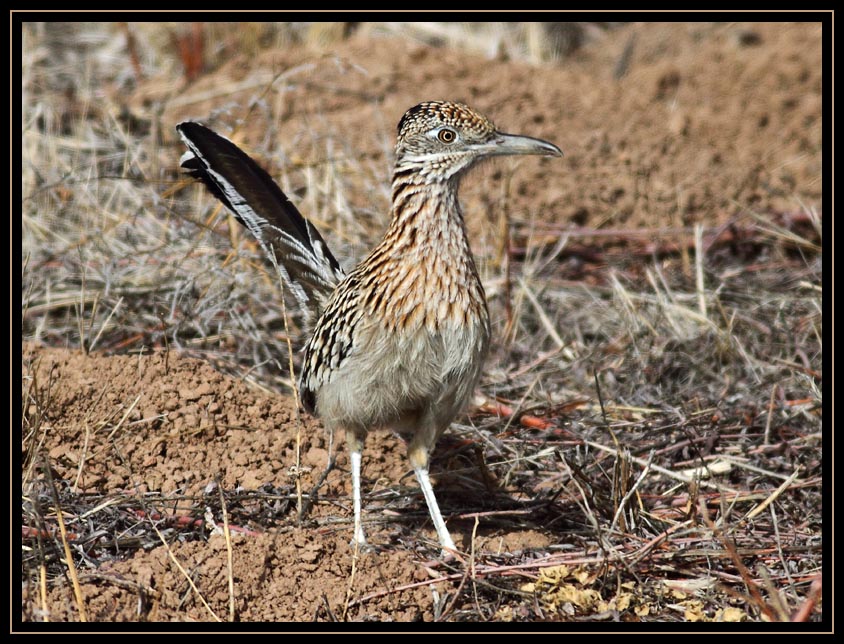In the later part of January we visited Bosque del Apache National Wildlife Refuge in central New Mexico. This is one of our favorite travel destinations and abounds in photographic opportunities.
On our way we met up with our friends Bob and Di, in Tucson, Arizona. Even though the day had been overcast and rainy, the setting sun broke under the clouds and treated us to a wonderful sunset.
A couple of days later, we arrived at the refuge and began our first drive around the access roads. This hawk looked like he did not approve of our being there!
He soon had enough of our presence and flew off.
Tucked in by the reeds along the Marsh Pond, I spotted this Great Blue Heron.
Thousands of Sandhill Cranes are one of the main attractions at the refuge during the winter.
The refuge is also known for the thousands of Snow Geese that also winter there. They can often be seen near sunset returning in large flocks to the ponds in the refuge for the night.
It was pretty easy to identify this bird as a Red-Tailed Hawk.
I believe that this fellow is a Loggerhead Shrike.
"I'm glad it's not my back that itches!"
A small group of people was standing on one of the observation decks watching the cranes and geese.
Suddenly, this bobcat dashed by the bottom of the deck. Everyone with big lenses on tripods totally missed a shot. This was all I could get with a handheld 400mm. The best shot was taken by a person with a little point and shoot camera.
Cranes seem to often squabble when another gets too close when eating. These events are usually over before one can train a camera on them, so it takes a bit of luck to capture the event.
The rusty colored feathers on some cranes is supposedly caused from staining when a crane preens itself when feeding in iron rich soils.
There were a lot of Northern Harriers during this visit. They are easily identified by a band of white on the top of the base of their tail. Because they are usually swooping through the brush and near the ground, I've found it hard to get photos of them.
The American Kestrel is also a bird that I find photo shy. This one stayed on a nearby tree long enough for me to get off several shots.
I think that this is a Sharp Shinned Hawk. But Cooper's Hawks are very similar.
I believe that this is a Rough Legged Hawk giving me the "evil eye".
The ruffled feathers of this crane reminded me of scales or armor.
"We need air traffic control!" Geese have a tendency to get spooked and launch in massive "blastoffs".
When we first spotted this coyote, he was trotting along one of the levees between a couple of ponds.
Once he got to the road, he turned and trotted past us without seeming to pay much attention to me standing in front of the Jeep snapping away.
We saw quite a few Bufflehead Ducks. This little fellow is a male.
Reeds and their reflections.
We saw lots of Northern Shovelers. These birds have very large bills!
I think that this is a Red-Tailed Hawk.
My best guess is that this is a Field Sparrow.
We saw a few bluebirds, believed to be Mountain Bluebirds.
Another "blastoff" of geese flying wingtip to wingtip.
We frequently saw roadrunners. This one posed long enough for me to get a good shot.
On our way home we stayed at Picacho Peak State Park in Arizona. We were treated to another colorful sunset.
The next night was near Quartzsite, Arizona. Again we had another fine sunset.


